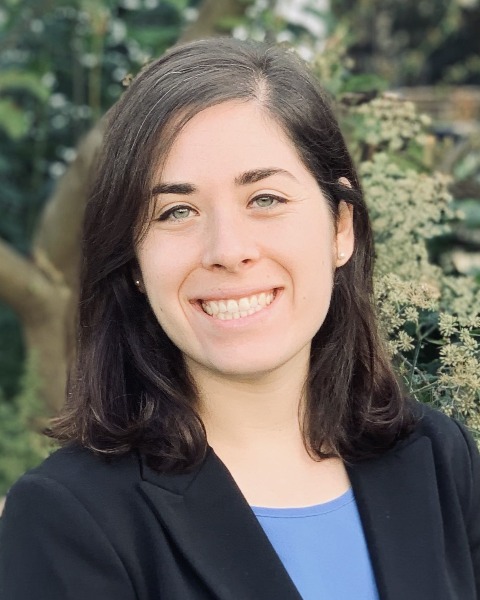Public Health & Prevention
Public Health & Prevention 4
354 - Providing a Healthcare Welcome: Caring for Newly Arrived Children in the Washington, DC Area
Publication Number: 354.448

Haylee Rosenblatt, MD (she/her/hers)
Pediatric Resident
Children's National Health System
Washington, DC, District of Columbia, United States
Presenting Author(s)
Background: Starting in April 2022, families seeking asylum at the Southern border were bused to Northern cities. Hundreds of children arriving in Washington DC had unique health needs.
Objective:
To describe a collaborative response to a human rights crisis.
Design/Methods: In September 2022, the Children’s National Mobile Clinic Program (CNMCP) met with the DC Department of Human Services (DHS) to discuss the health needs of children bused to DC and housed in congregate shelters. Vaccination was prioritized to ensure school readiness. Between September - December 2022, CNMCP arrived weekly at the shelters to administer vaccinations. On-site access to WIC and acute/urgent care visits were available as needed. Children with complex medical needs requiring specialty appointments were triaged to our Immigrant Health Coordinator for enrollment into DC Health Alliance (DCHA), our public health insurance. Pediatric residents, medical students, and attendings volunteered their time. Due to the increased need for urgent care visits, we collaborated with local FQHCs (Federally Qualified Health Centers) through the DC AAP Section on Immigrant Health. The team created a resource guide for DHS to bring families to care as needed. Catholic Charities provided transportation and case management. The larger team continues to have bi-weekly meetings to discuss progress and network development.
Results: CNMCP administered 791 vaccines to 173 children. WIC enrolled 34 participants. Fifty-four families applied for DCHA. Thirty-five limited urgent care visits were held, primarily for viral infections. The most common prescription sent was amoxicillin for acute otitis media. Twenty learners were involved. Local FQHCs expanded services to adults with their mobile medical and dental units.
Conclusion(s):
A rapid intervention consisting of a mobile clinic, city government, a faith-based organization, and FQHCs is feasible. Vaccines were prioritized, as school enrollment plays a key role in mental health, development, and connection to community resources. Limiting scope allowed for a faster and wider-reaching response. The local AAP network fostered the expansion of services as additional needs were identified. Key to this collaboration was setting clear expectations for each partner, meeting regularly to ensure adequate communication, and adaptability. Limitations included staffing, mobile unit availability, privacy/legal policies, and delays in DCHA application approvals. The next step will be integrating newly arrived children into medical homes, which will require continued partnerships across sectors in the District.
